Get PeakVisor App
Sign In
Search by GPS coordinates
- Latitude
- ° ' ''
- Longitude
- ° ' ''
- Units of Length
- Temperature

Yes
Cancel
Share ×

Scan the QR code and open PeakVisor on your phone
❤ Wishlist ×
Choose
Delete
Whistler Blackcomb is one of more than 80 ski resorts in British Columbia and one of more than 250 in Canada. It is in the Canadian Coast Mountains range about 25 miles north of the Pacific Ocean. Whistler Blackcomb Ski Resort is the largest in North America, boasting more than 150 mi (250 km) of ski slopes, 35 ski lifts, 8,000+ skiable acres, and 5,278 ft (1,609 m) of vertical drop. The resort is internationally known as the co-host of the 2010 Winter Olympic Games in Vancouver, the nearest large city. The resort caters to all walks of skiers. Beginners and intermediates have limitless options. Meanwhile, the advanced and expert terrain is legendary, making Whistler a popular home base for professional skiers. The most common type of ski lift is a high-speed chairlift. Whistler Blackcomb is open annually from mid-November to late May. One important thing to note is that prices here are in Canadian dollars. Canada is an excellent ski destination for international travelers because US dollars, euros, pounds, and other Western currencies are subject to a favorable exchange rate. As of April 2023, the exchange rate is 75 US cents per Canadian dollar, meaning a lift pass or meal that costs $100 Canadian will only be $75 US.
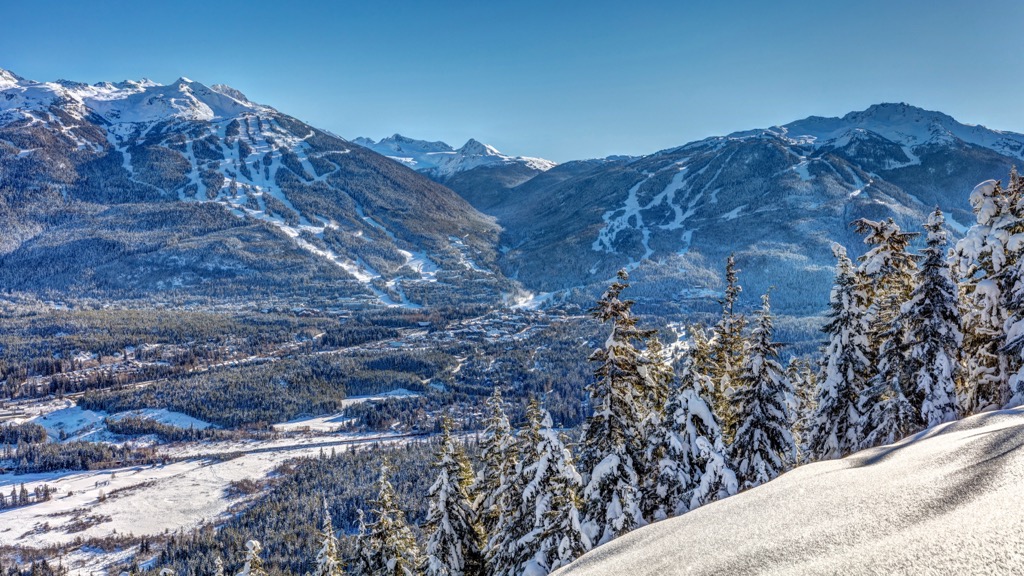
Whistler Blackcomb is a ski resort in the town of Whistler, located in the Squamish-Lillooet Regional District of British Columbia region, Canada. It is the primary ski area near Vancouver, British Columbia’s largest city.
Geographically, this North American resort is in the Fitzsimmons Range, part of the Garibaldi Range, as well as the namesake Garibaldi Provincial Park and the Blackcomb Glacier Provincial Park. The Garibaldi area is encompassed by the Pacific Ranges of the greater Canadian Coast Mountains range.
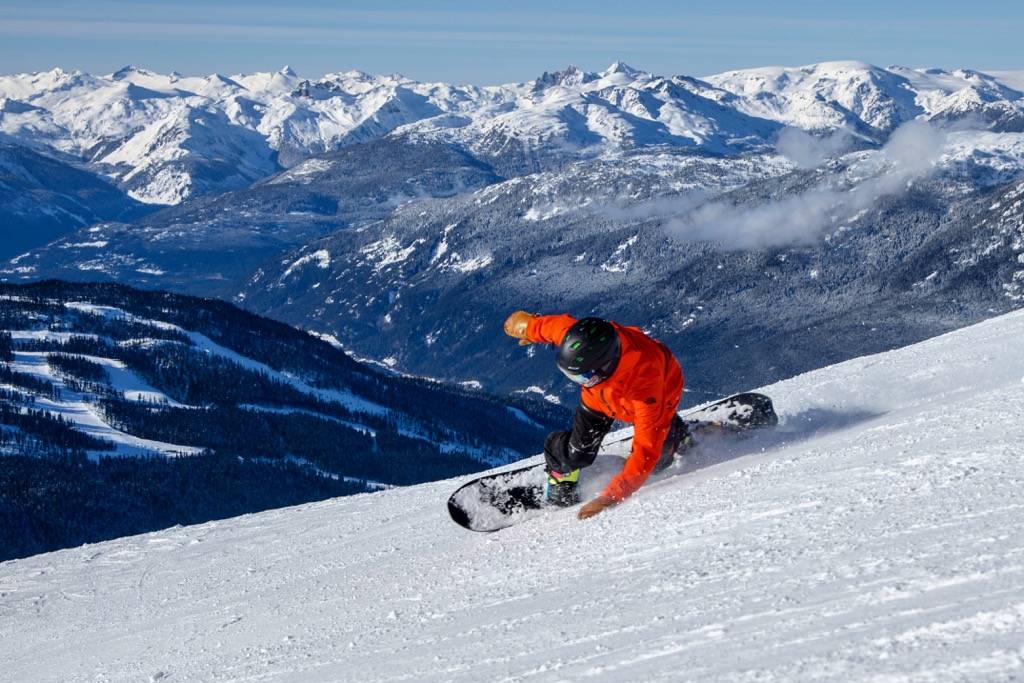
On an even larger scale, all of these ranges are part of the Ring of Fire, an area along the edge of the Pacific Ocean defined by volcanic eruptions, earthquakes, and plate tectonic activity. Although eruptions haven’t occurred around Whistler for almost 200,000 years, volcanic activity is responsible for today's landscape.
Whistler Blackcomb Ski Resort is easy to get to, adding to its worldly reputation.
Whistler Blackcomb is less than two hours from Vancouver International Airport (YVR). Due to the proximity to an international airport, it’s easily accessible to adventure seekers around the globe. At 84.5 mi (136 km) from YVR, the easiest way to get to Whistler is by renting a vehicle, taking a private shuttle, or a coach bus.
There are several rental companies at YVR Airport, and it will cost around $140 per day.
After leaving the airport, you’ll hop onto SW Marine Drive, which leads to BC 99 N and Whistler. Once leaving Vancouver, you will experience one of the most scenic drives in North America.

Important: Driving this highway in winter will test your driving abilities and concentration, as regular snow and rain storms make this stretch of highway incredibly demanding. Winter tires are required if you value your life (and the lives of others).
Skylynx ($40 round trip from YVR Airport), Epic Rides ($43 round trip from downtown Vancouver), and Whistler Connections ($90 round trip from the airport) are popular shuttle options.
Parking around Whistler Village includes five large municipal lots that cost $10 a day. Hotels offer secure underground parking ranging from $20–$50 / night.
Getting around the actual town of Whistler is extremely easy. A free bus - Route #5 - takes you between the two main villages of the resort. There is also local transit which costs $2.50 per ride. Taxis and Whistle, a local ride-sharing service, are also options.
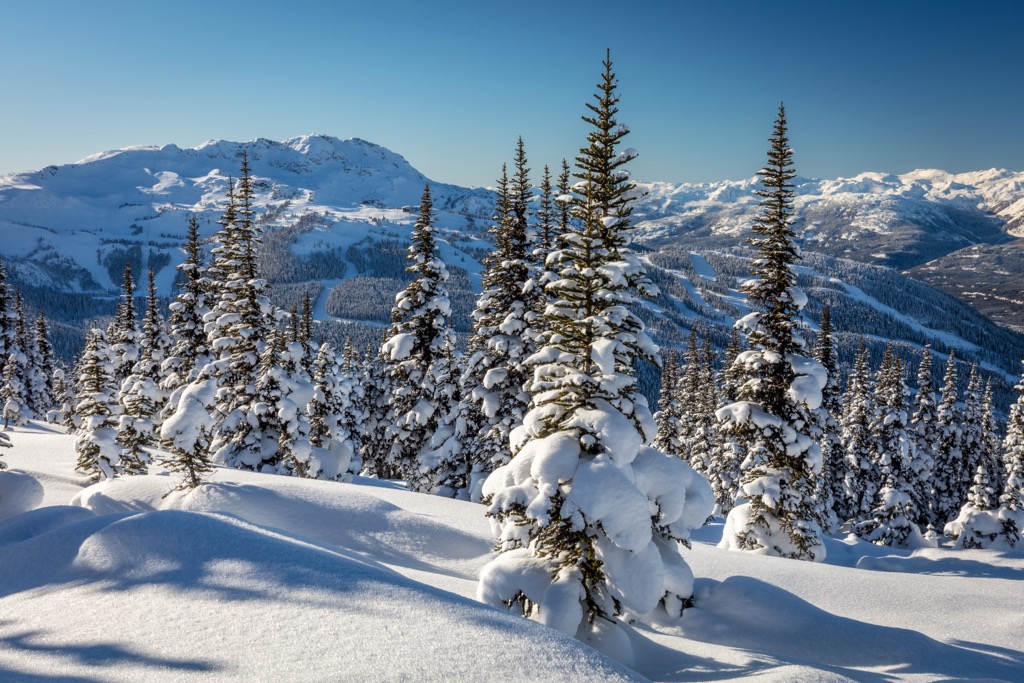
The ski season at Whistler Blackcomb is long. The resort's opening coincides with American Thanksgiving, the fourth Thursday of November, and runs till late May, cementing a solid six months of ski season.
There are two main seasons at Whistler Blackcomb:
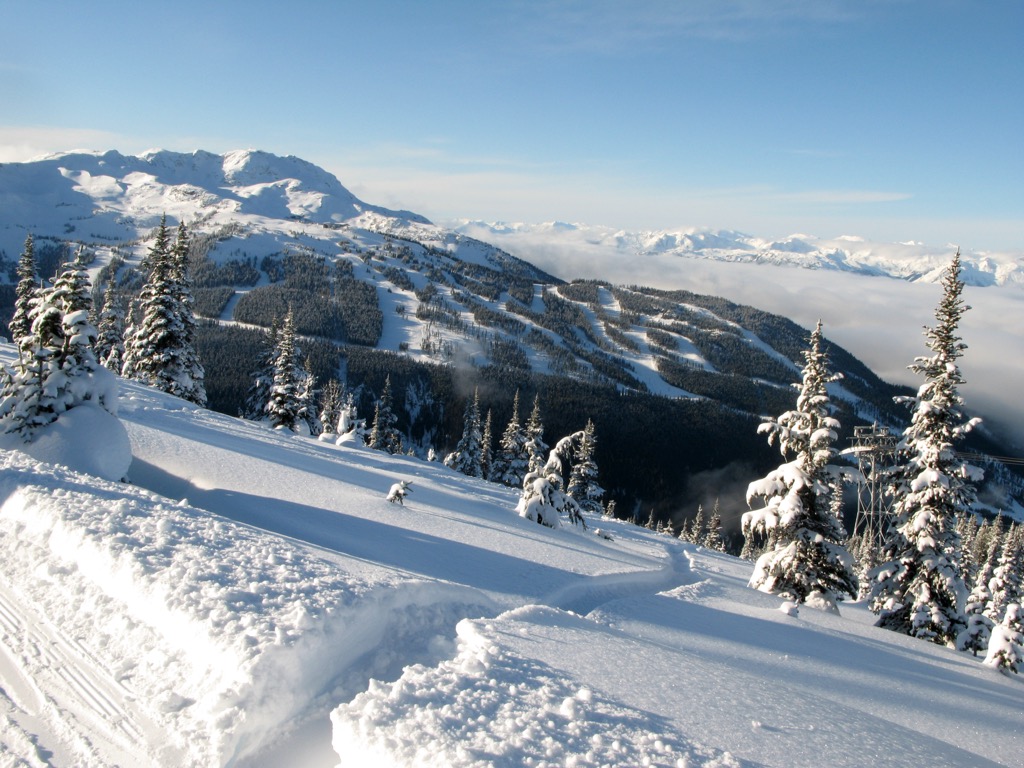
The weekends during the whole season are jam-packed. Christmas, New Year, and other holidays will test your patience even more. The slopes are crowded, with almost 50,000 skiers daily on the mountain. It’s common to wait 30–45 minutes in line during these times and even longer on powder days. Also, if you visit during the high season, be vigilant on the slopes. Skiing out at the end of the day can be very dangerous. Each mountain funnels thousands of skiers to the base via two runs. The combination of tired skiers, overconfident beginners, and the occasional intoxicated person is a recipe for collisions. I advise downloading from mid-station on either mountain, saving your legs, and enjoying the views on the gondola back to the village.
Still, spending Christmas and the New Year in Whistler is magical. Although also very expensive, there is a particular childhood joy from skiing with close ones by day and strolling the beautifully decorated village by night.
Of course, there is no universal answer to the question of when to visit Whistler - it will always be subjective. Here are my three personal considerations:
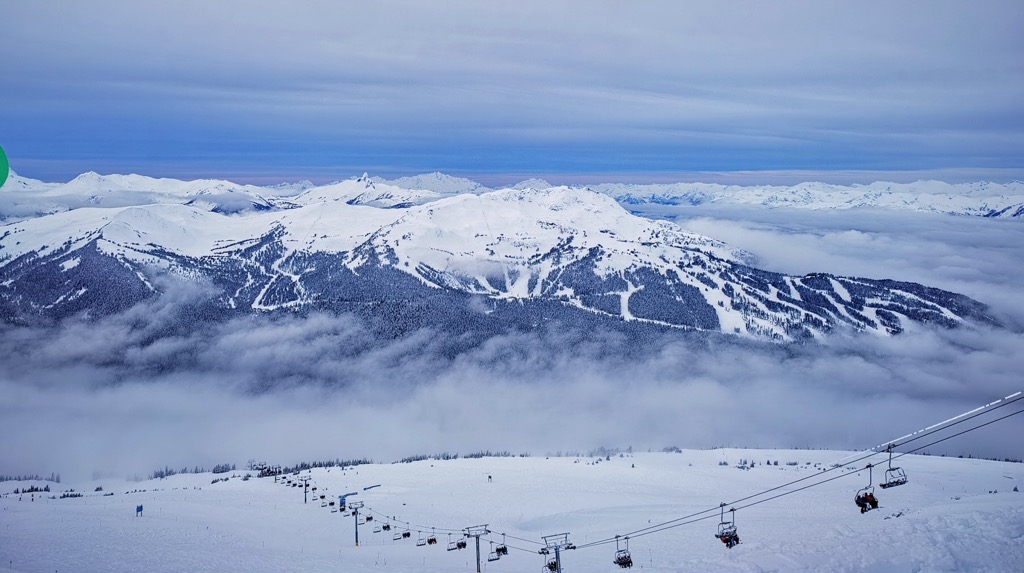
Whistler Blackcomb’s proximity to the Pacific Ocean is responsible for its world-class snowfall and moderate temperatures throughout the ski season. The resort experiences massive yearly precipitation and is within the Coastal Temperate Rainforest, said to be over 10,000 years old.
The resort’s annual snowfall averages 35.4 ft (10.8 m). Even with all this snow, they have about 25% of runs with snowmaking capabilities (mainly on the lower mountain). Snow-making helps extend the spring and early summer seasons, as temperatures in the valley can exceed 20 °C (68 °F).
It’s rare for temperatures to drop below -10 ℃ (14 °F) in the valley or -15 ℃ (5 °F) in the Alpine zone during winter. Prepare for -5 ℃ (23 °F) with a mixture of sun, snow, and the odd possibility of rain at the base. I’d recommend bringing water-resistant gear, like a Gore-Tex ski suit, and a few different mid-layers for warmer or colder days. It can get very windy, so bring a face covering.
With Whistler Blackcomb being the largest ski resort in North America, there’s extensive terrain choice and something to excite every level of skier.
The resort consists of two mountains: Whistler (7,155 ft / 2,181 m), which is also the most prominent peak in the Fitzsimmons Range with 1,522 ft (464 m) of prominence, and Blackcomb (7,992 ft / 2,436 m). Divided by Fitzsimmons Creek, the base of each mountain is less than a 10-minute walk apart — even in ski boots. The Whistler Blackcomb Ski Map is your guide to exploring the resort. Study it before your visit to understand the area's layout best.
The hardest decision of your day will be which mountain to explore first. Luckily, with the construction of Peak2Peak Gondola, you can quickly transfer with an 11-minute gondola ride.
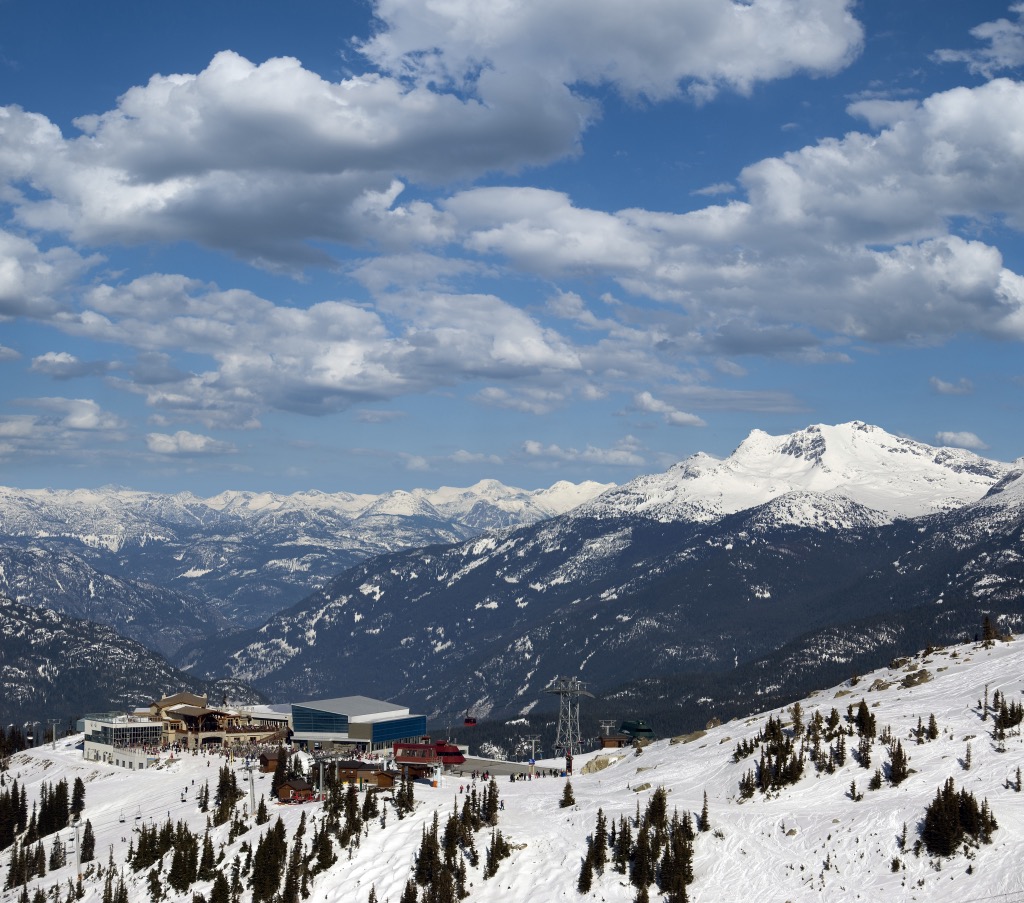
So let’s explore the resort in every detail, starting with the Whistler village.
Whistler Village is pedestrian-friendly, with easy access to ski slopes, hotels, restaurants, shops, and other amenities. Like the ski area, it is broken into two sections, Whistler Village and Upper Village.
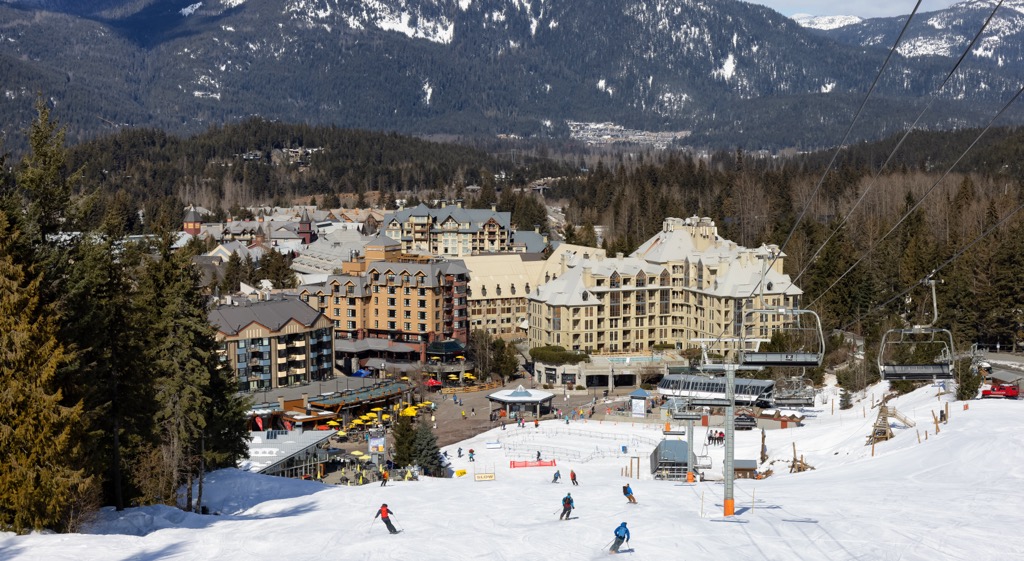
Walking between the two villages takes less than 10 minutes. Visitors are encouraged to park and explore on foot. However, there is also a free bus and cheap transit.
To access Whistler Mountain, take the Whistler Village Gondola for about 30 minutes, bringing you to the Roundhouse Lodge at 5,905 ft (1,800 m). The Roundhouse Lodge is excellent as it provides a central location mid-mountain with access to food and shelter.
From here, you can access mid-mountain glades, groomers, and various green and blue terrain. Aim to ski to the Emerald Express or Red Chair, both high-speed 6-person chairlifts, to stay in this area. The Emerald Chair provides access to the family zone, with several green and blues runs excellent for novice and above skiers. The Whistler Terrain Park is also here, providing small to medium-sized jumps, rails, and jibs.
Ski down five minutes more, and you will arrive at Whistler’s Mid-station. The Olympic Learning Area provides several carpet lifts and a slow-moving chairlift to cater to beginner and novice skiers. Mid-mountain also accesses the Garbanzo Chair, a high-speed quad with some of Whistler's best blue and black groomers. You'll thoroughly enjoy this zone if you love to ski fast and lap groomed runs. Ptarmigan is a notable mention in this zone.
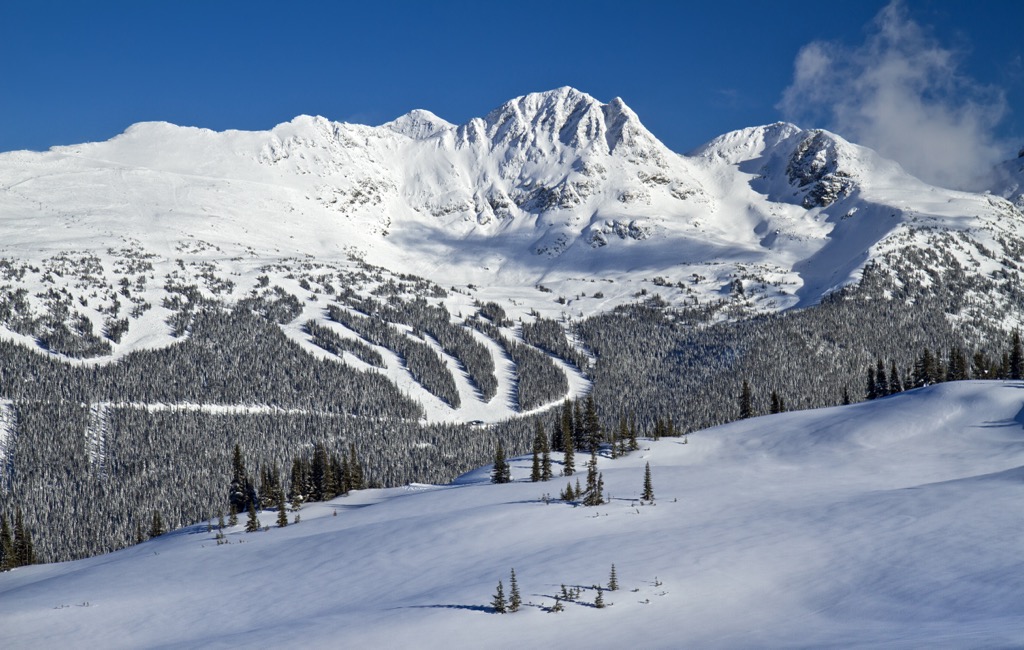
If you’re seeking alpine slopes, head to the Harmony, Symphony, or Peak Chairs for some serious advanced and expert terrain. Steep off-piste faces, bowls, and exposed areas await you.
Peak is one of my favorite areas. It’s a minute-long ski from Roundhouse Lodge, and the lift ride is only about six minutes. The short ride allows you to continually lap some of the steepest faces of Whistler Mountain with ease. You can also access Harmony and Symphony from the top of Peak Chair. Each area provides alpine bowls and gladed tree runs.
Harmony has a front and backside. The front area is similar to Whistler Peak, with more tree runs. The backside drops into a steep bowl that can take you to Symphony.
Symphony is like another ski resort. The highest access in this area is Flute Bowl, an inbounds hike-to peak that provides “earn your turns” rewards. Lower Symphony has a more gradual fall line with some enjoyable rolling groomed runs towards the bottom, a favorite of mine on a bluebird day. Mind the time, as the lifts close an hour and a half before the rest of the resort. Miss the last chair out, and you’re stuck walking a 0.9 mi (1.5 km) cat track back to Emerald.
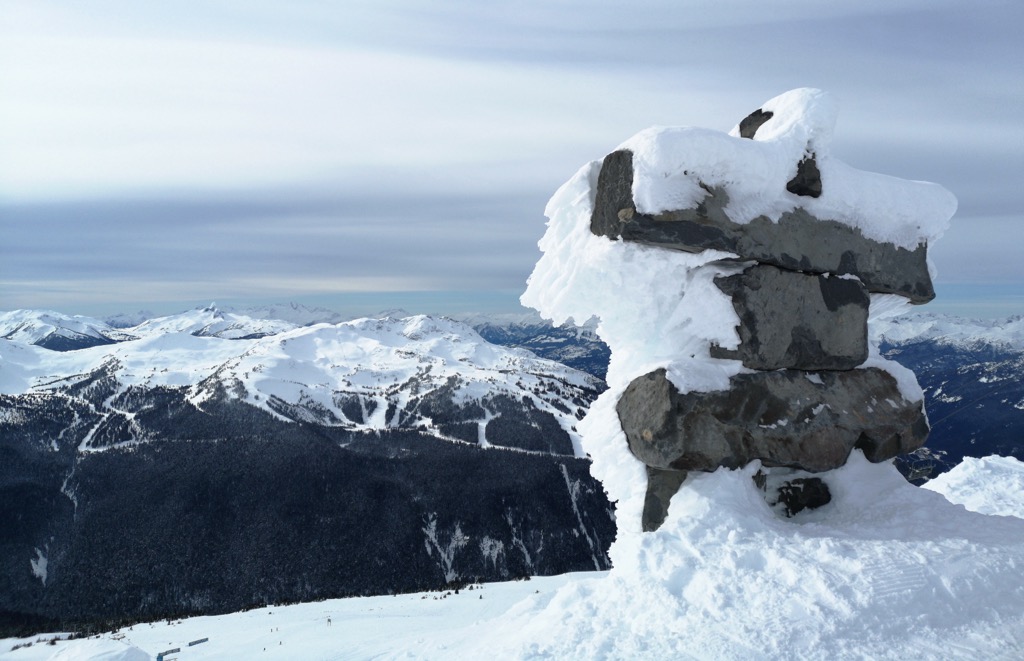
The final zone of Whistler is Creekside. Often missed by the masses, this area connects to the backside of Lower Peak and is home to Whistler’s longest groomed run, “Peak to Creek.” It boasts a separate high-speed gondola, underground parking, and a tiny village. Want to meet locals and uncover the true secrets of the resort? Creekside is a locals’ favorite, allowing a faster and quieter upload on Whistler Mountain.
Skiers have a choice of two gondolas to access Blackcomb Mountain. The Excalibur Gondola is accessible from Whistler Base and provides easy access to Blackcomb’s lower mid-mountain. From this gondola, hop on the Excelerator Express, which brings you to the mid-mountain. Skiing a minute to Glacier Creek Chalet provides a quick warm-up opportunity before accessing Glacier and Jersey Chairs or continuing to Crystal Chair.
However, the easiest way to ascend is by the Blackcomb Gondola, constructed in 2018. An 18-minute ride takes you to The Rendezvous Lodge, Blackcomb’s ideal muster point. At 5,744 ft (1,760 m), you have access to all rideable zones of Blackcomb. Immediately to your right, you can access Catskinner Chair. This high-speed quad provides access to Blackcomb’s few novice green runs and Black Park, the resort’s highest-level terrain park.

To the left side of The Rendezvous Lodge, you can ski down several groomed blue runs or enter the Jersey Bowl. Both areas provide excellent warm-up options before heading into the alpine. At the bottom of this area, you have access to the Jersey Cream and Glacier Chairs.
Alpine terrain on Blackcomb is iconic. It’s no secret that locals and high-caliber skiers prefer Blackcomb to Whistler due to the offerings in this zone.
7th Heaven is like another independent ski resort and takes less than 5 minutes to access. This alpine area is known for steep groomed runs, bowl access, fantastic powder, and beautiful sunny afternoons. Lower down in this zone, you’ll find gladed tree runs and pillow fields.
Horstman Glacier is home to Blackcomb’s steepest and most exposed terrain. Entering these areas will test your skills and nerves as you traverse above cliffs and steep rock faces. Big drops and tight chutes offer numerous test pieces for aspiring pros. Spanky’s Ladder is a two-minute bootpack slightly left from the top of Glacier Chair. This area has several double black bowls, with the difficulty increasing from left to right. Obey signage, double-check your map, or follow someone that knows the area. This area is for experts only.
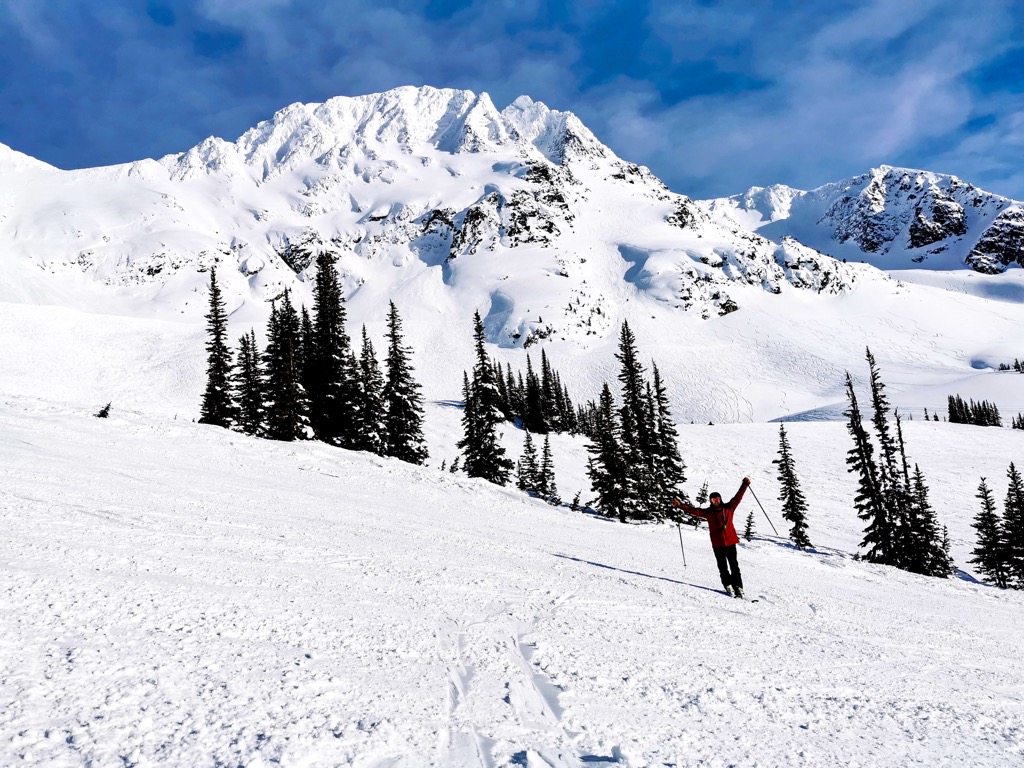
To the right of the Horstman Glacier Chair sits a small T-bar liftpeak that takes you to the Blackcomb Glacier. After a five-minute bootpack, you drop into one of the resort's most scenic areas. Although a blue run heads down the glacier, the valley's steep sides provide additional black and double-black options connecting to lower Spanky’s Ladder. There’s also the namesake Blackcomb Glacier Ice Cave to explore in this area.
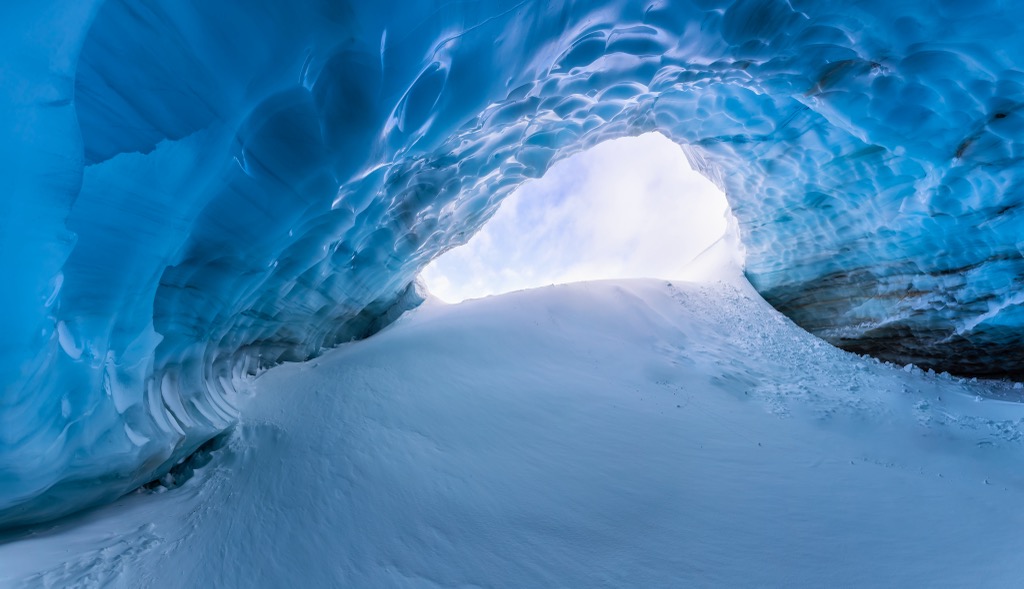
On the outer left boundaries of Blackcomb lies the Crystal Chair, a true favorite of mine. There are many hidden tree areas and superb rolling groomed runs down its center. There are also several drops, side hits, and playful sections of terrain. To access this zone, you’ll want to continue past the Glacier Creek Lodge or ride the far left side from the top of the Glacier chair.
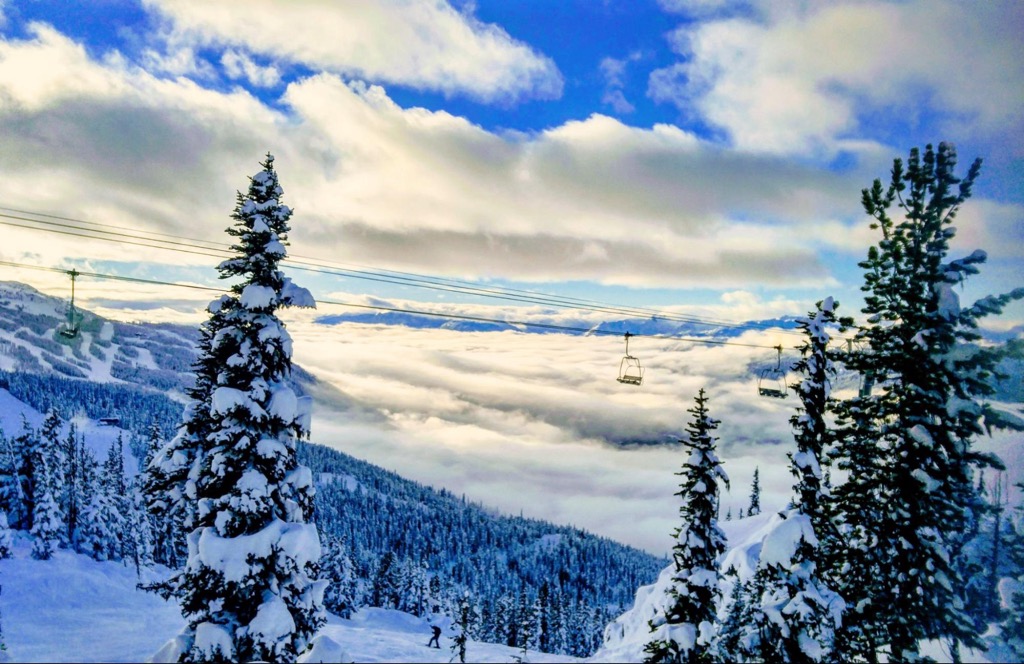
With over 250 marked runs at Whistler Blackcomb, your opportunities are endless. If you can imagine it, you’ll find it within the resort's confines. Groomed runs, gladed trees, alpine bowls, chutes, jumps, and drops make this resort world-class. Zone skiing makes this resort unique, and choosing where to go first can be intimidating as conditions are different on either mountain. Some skiers have a mountain preference, while others love to explore both.
As at other resorts in North America, slopes are broken into four categories: beginner — green circles, intermediate — blue squares, and advanced / expert — black / double-black diamonds.
The resort offers 35 lifts, ranging from high-speed gondolas to T-bars.
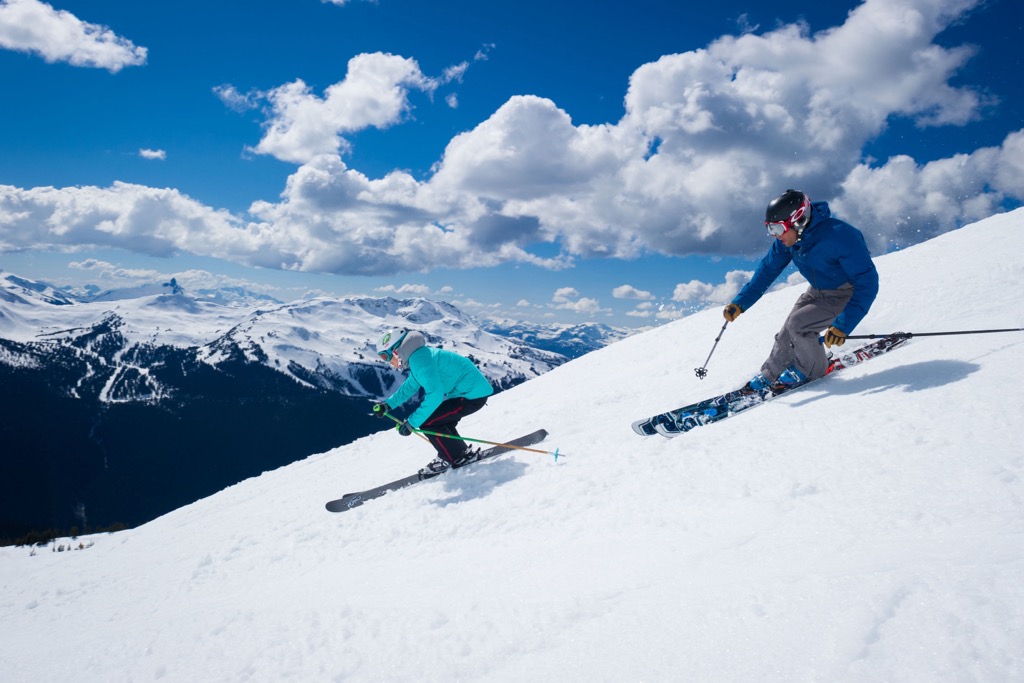
Slopes
Ski lifts
Other features and services
Whistler Blackcomb offers endless terrain and possibilities within the confines of the resort. The lift system adequately allows access to everything you want to ski without hiking or taking multiple chairs to lap alpine zones. The lift infrustructure makes powder days enjoyable because you can easily lap Peak and Glacier. There is something for everyone, and this resort can aid your skiing progression. A dozen runs are standard if you plan to ski all day and are in great shape.
Nevertheless, there are also a few things to note about the resort that will affect your experience. Whistler Blackcomb is swamped with people. Weekdays are crowded, and weekends are even worse. Waiting in lift lines for 30-45 minutes is standard, severely impacting your day and testing your patience. Skiing in the fog and clouds is a regular occurrence here. I always check the webcams hourly on days with poor visibility to find the best areas to ski. Whistler Blackcomb’s biggest downfall over the past few seasons is the severely poor grooming standards. Fewer ski runs seem to be groomed regularly; when they are, they’re not level.

A great alternative to downhill or Alpine skiing is cross-country skiing, also known as Nordic skiing. As Whistler hosted the 2010 Winter Olympic Games, the town is home to one of Canada's best Nordic skiing centers.
Olympic Park and Nordic Center offer a variety of snowshoe trails (18.6 mi (30 km) and 8 mi (13 km), respectively) laid through the Coastal Temperate Rainforest. Rentals cost $20 a day.
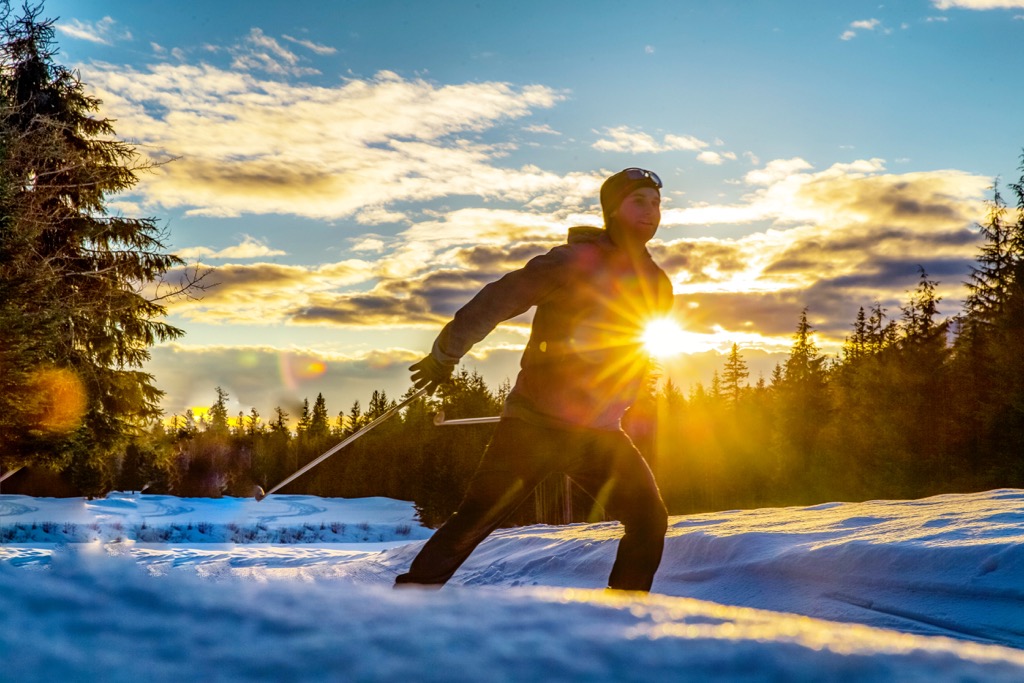
The beautiful thing about Whistler Blackcomb Ski Resort is that you can access off-piste terrain within the resort. All in-bounds off-piste terrain has extensive avalanche control done by ski patrol. In the early morning, guests can occasionally wake up to the sound of bombs going off. The “Whistler Alarm Clock” signifies a hefty overnight snow dump and an exhilarating day ahead.
Skiers can find most inbounds off-piste terrain on Peak, Harmony, and Symphony at Whistler or Glacier and 7th Heaven on Blackcomb. Inbound avalanches are extremely rare, so most skiers do not require avalanche gear or training to access these areas.
If you are interested in true backcountry skiing, several touring areas are behind Symphony (Flute, Oboe, and Singing Pass) and Blackcomb Glacier (DOA, Circle Lake, and Husume / Corona).
A notable ski tour is the Spearhead Traverse, a 5.6 mi (9km) backcountry adventure. Starting from the top of Whistler Mountain, hike the Flute and Oboe Summits to Singing Pass. Continue to Russet Lake, where you will find a stunning overnight hut with hostel-style (shared) rooms. Backcountry travelers can access the Kees and Claire Hut year-round, providing shelter, cooking, and sleeping facilities. Reservations are required to stay here overnight.
Important: Leaving the boundaries of the resort is not for the untrained. You will enter avalanche territory. Avalanche rescue gear is required. It is advisable to tour with people you can depend on in emergencies. If you need to a rescue, your life could depend on your group's training. Depending on where you go, you should brush up on your crevasse rescue training and know your way around basic rope systems.
The Whistler Backcountry Ski Tours offers backcountry tours for beginner or experienced groups ($299 / person). Utterly new to the backcountry? They offer introductory courses starting at $649 for a group of six.
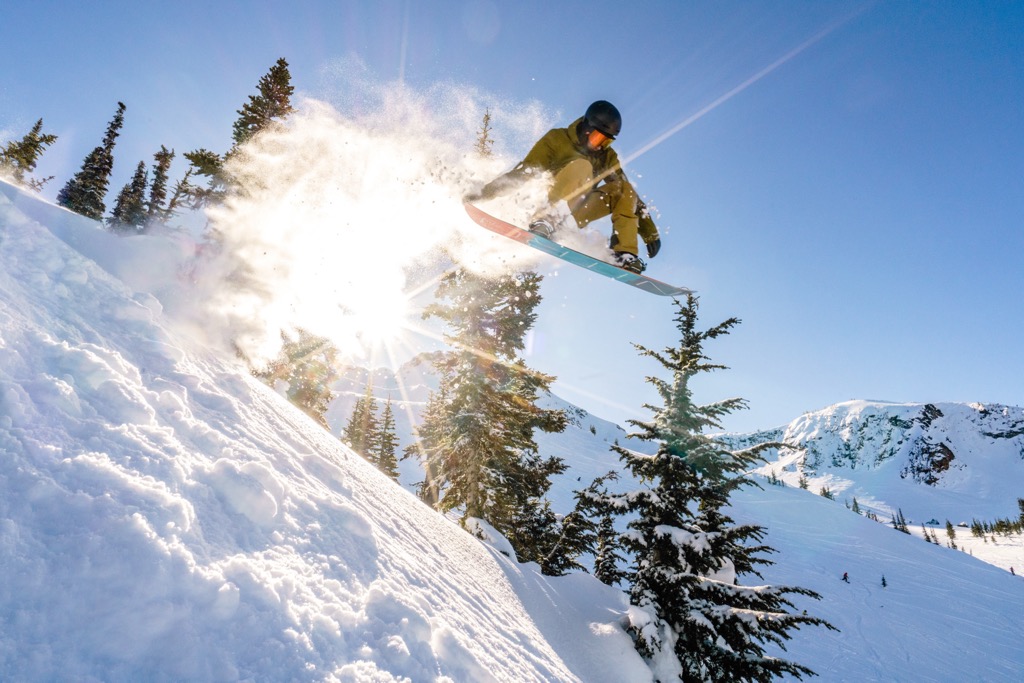
Vail Resorts owns Whistler Blackcomb. The company offers several pass and ticket products that skiers can use at almost 40 resorts worldwide. Prices tend to be in US dollars. Prices change, and products become unavailable depending on the time of year. I recommend planning your ski trip in the summer to benefit from the best discounts. You want to avoid showing up in winter and purchasing lift tickets at $160 per day. So there are two main ski pass options:
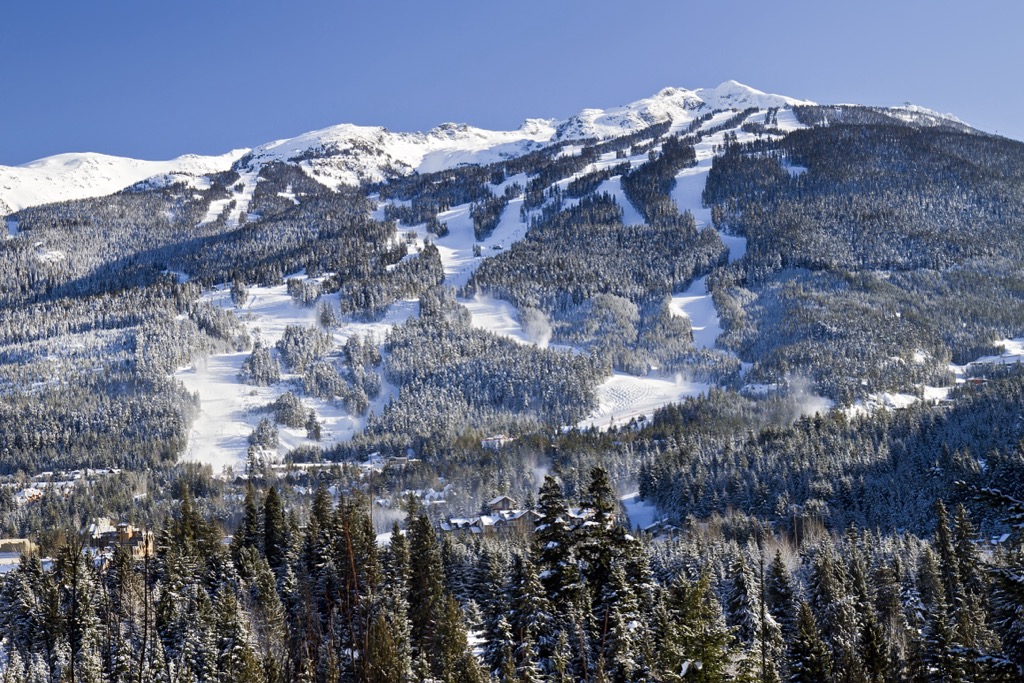
The Resort Municipality of Whistler has a dedicated tourist center to answer all your related questions about the town, accommodation, and activity reservations:
The Whistler Visitor Centre
4230 Gateway Drive, Whistler, British Columbia (BC), V8E 1J2, Canada
Monday to Friday: 8:30 am to 5 pm PST
+16049353357
askwhistler@tourismwhistler.com
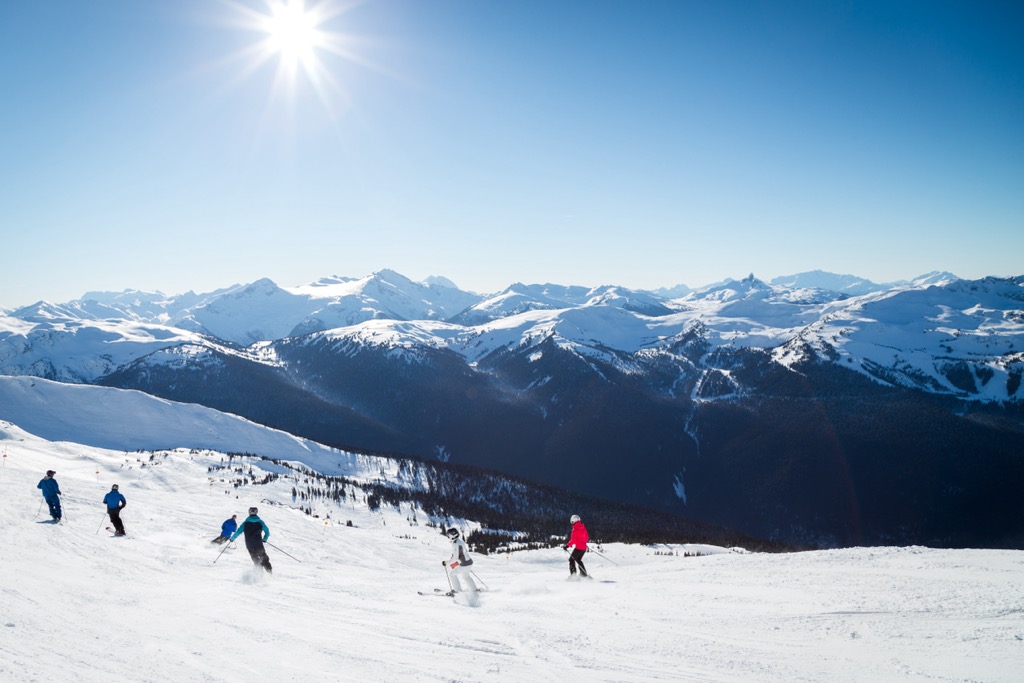
There are two main places to eat and drink at the resort: on-mountain or in the village. Here's what you need to know:
On-mountain food options are available in three massive chalets: Roundhouse on Whistler, and Rendezvous and Glacier Creek on Blackcomb. It’s all cafeteria style with typical chalet food, including burgers, sandwiches, chili, and curry. Each chalet has a cafe as well. The quality of the food over the past few seasons has diminished, and many well-known options have been removed from the menu.
On-mountain dining is costly, so bringing a bagged lunch is an option. Each chalet has an area to hang backpacks — use at your discretion, but it’s rare for someone to steal a lunch bag. There are grocery stores in town, and you’ll pass a Walmart on the way to Whistler.
For a special occasion, try Christine's On Blackcomb, a full-service on-mountain dining experience with panoramic views of Whistler. Reservations are recommended as it fills up quickly.
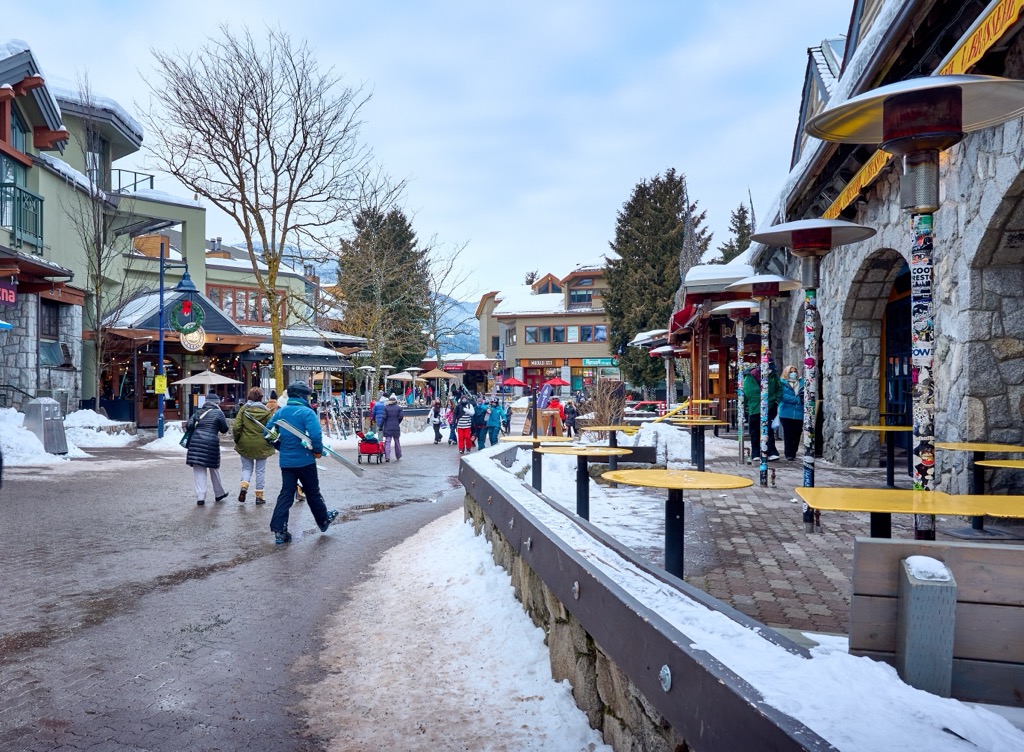
Whistler’s culinary scene is extremely impressive for a resort town. There are over 170 dining options, including Indian, Mexican, Japanese, Italian, steak, seafood, pizza, and pub food. Some of my recommendations include the following:
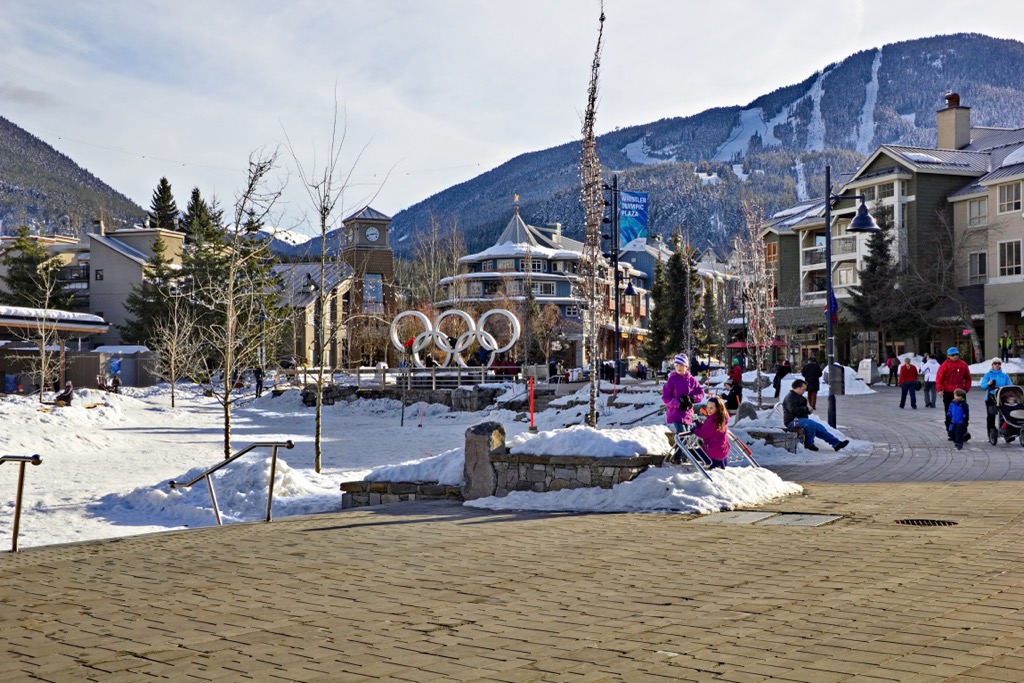
If you’re planning a trip to Whistler, bust out your wallet because it’s not cheap to holiday here. There are over 150 lodging options to choose from. There are world-class 5-star hotels, several hostels, and everything in between. You can even rent out full chalets.
The Fairmont and Four Seasons are Whistler’s most luxurious lodging places that will cater to your every whim. Located at the base of Blackcomb, they are ski-in/ski-out. Pan Pacific Whistler Mountainside and The Westin Resort & Spa are ski-in-ski-out on the Whistler side.
More affordable accommodation in Whistler includes the Listel, Aava, Cascade Lodge, and Pangea Pod Hotel. You can also check out AirBnb and Vrbo for more options. These properties are located in the village or within the town of Whistler.
Whistler Blackcomb Ski Resort has some fantastic events and après-ski options to keep you entertained both on and off the slopes:
Events
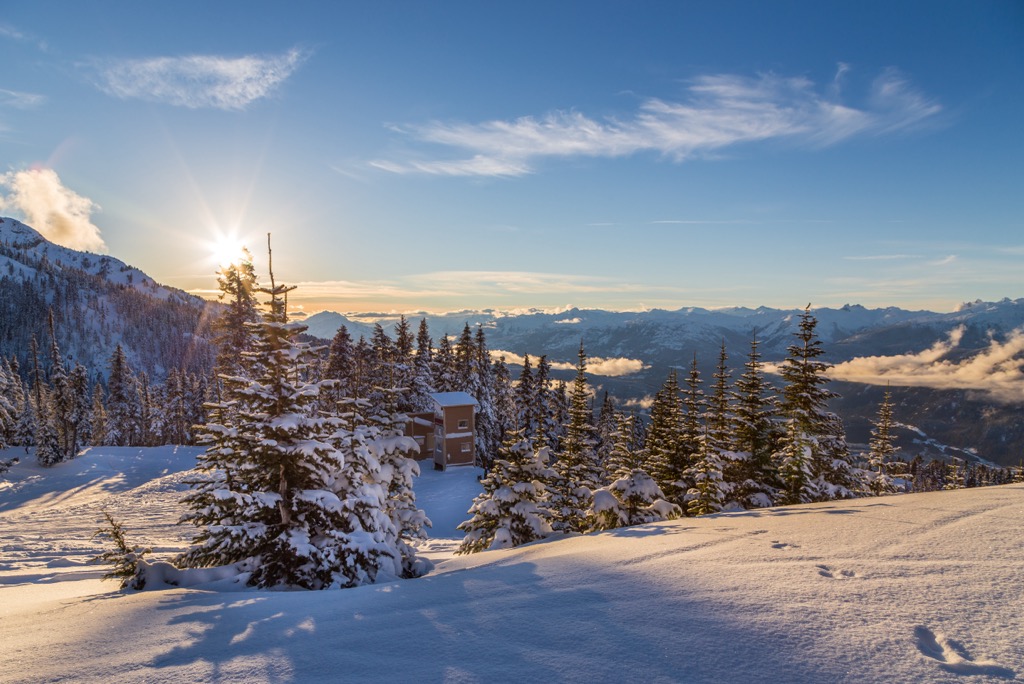
Bars and nightclubs
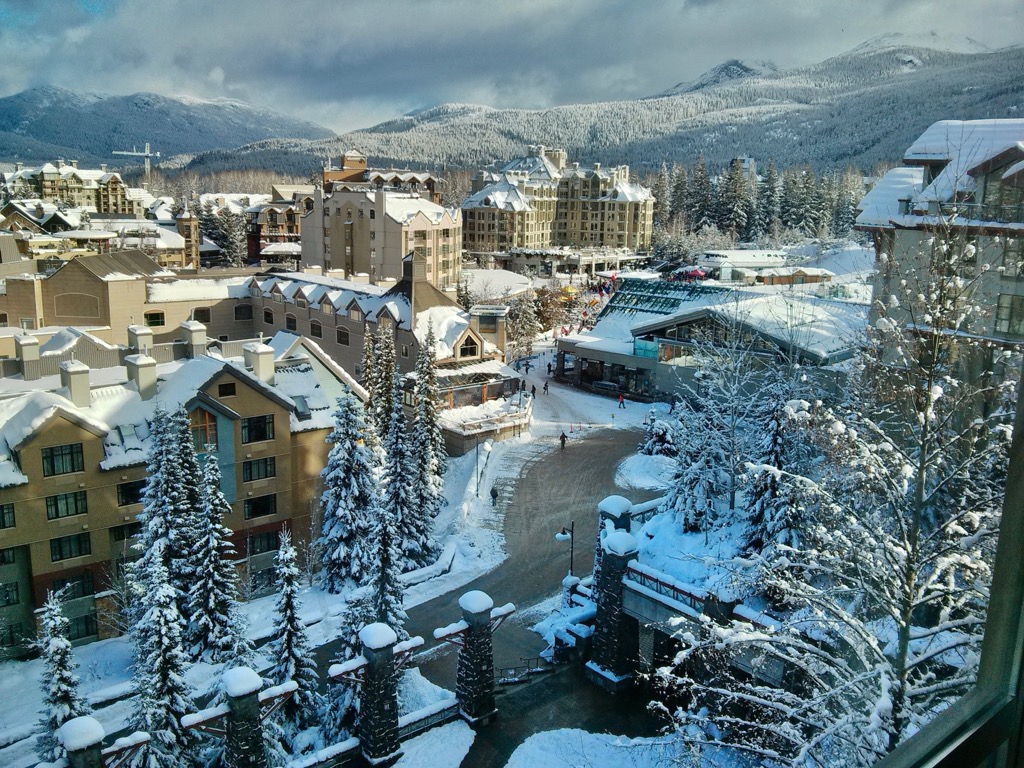
Whistler Village is sandwiched between two towns: Pemberton to the north and Squamish to the south.
Pemberton is a farming-turned-mountain sports town at the base of Mount Currie (8,500 ft / 2,591 m). The community is tight, with incredible opportunities for backcountry skiing and sledding and other winter and summer outdoor activities.
The city of Squamish lies about 37 mi (60 km) south of Whistler. It was created as a mining and logging town over a hundred years ago. It has even more possibilities. It’s known as the outdoor recreation capital of Canada due to all the activities you can do here: rock climbing, mountain biking, hiking, boating, fishing, and more will keep you entertained year-round.
Anthony Butt
Originally from Northern Ontario, Anthony now calls Whistler, Canada home. As an outdoor enthusiast with a passion for science and tourism writing, he chases excitement and communicates his experiences through his work. When away from the office, Anthony spends his time immersing himself in mountain culture. Skiing, snowboarding and mountain biking take up his free time with the occasional summer backpacking adventure.





















